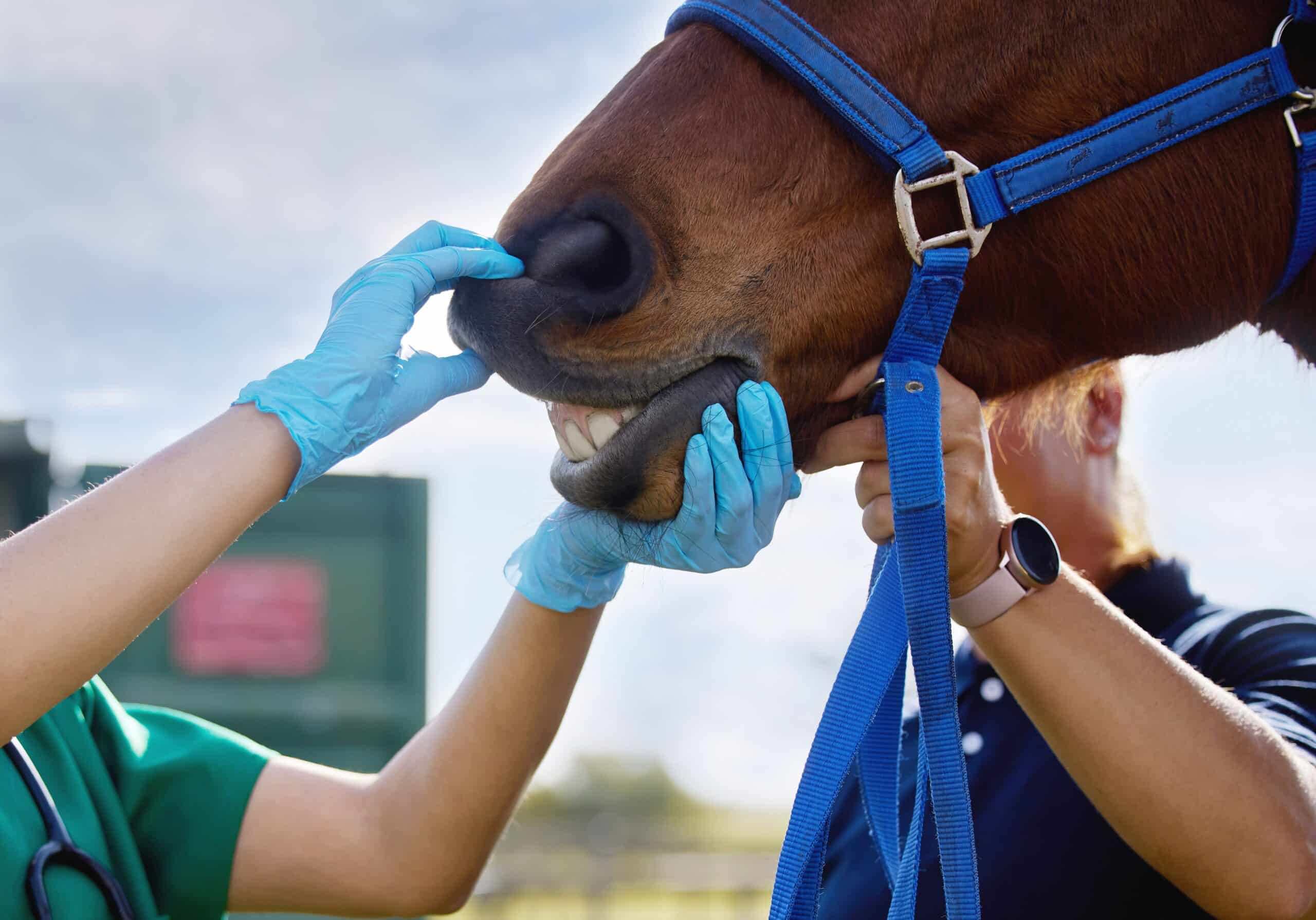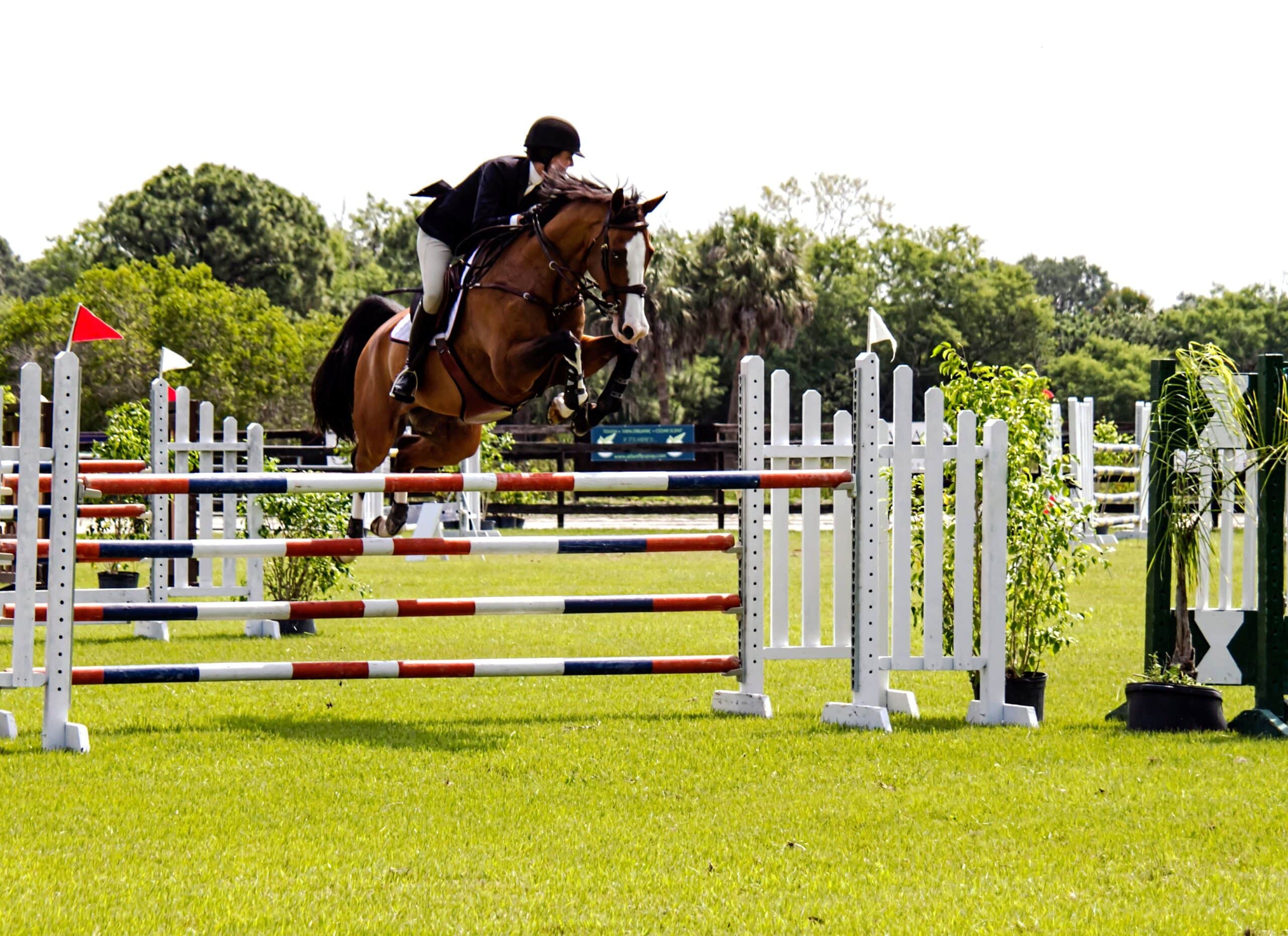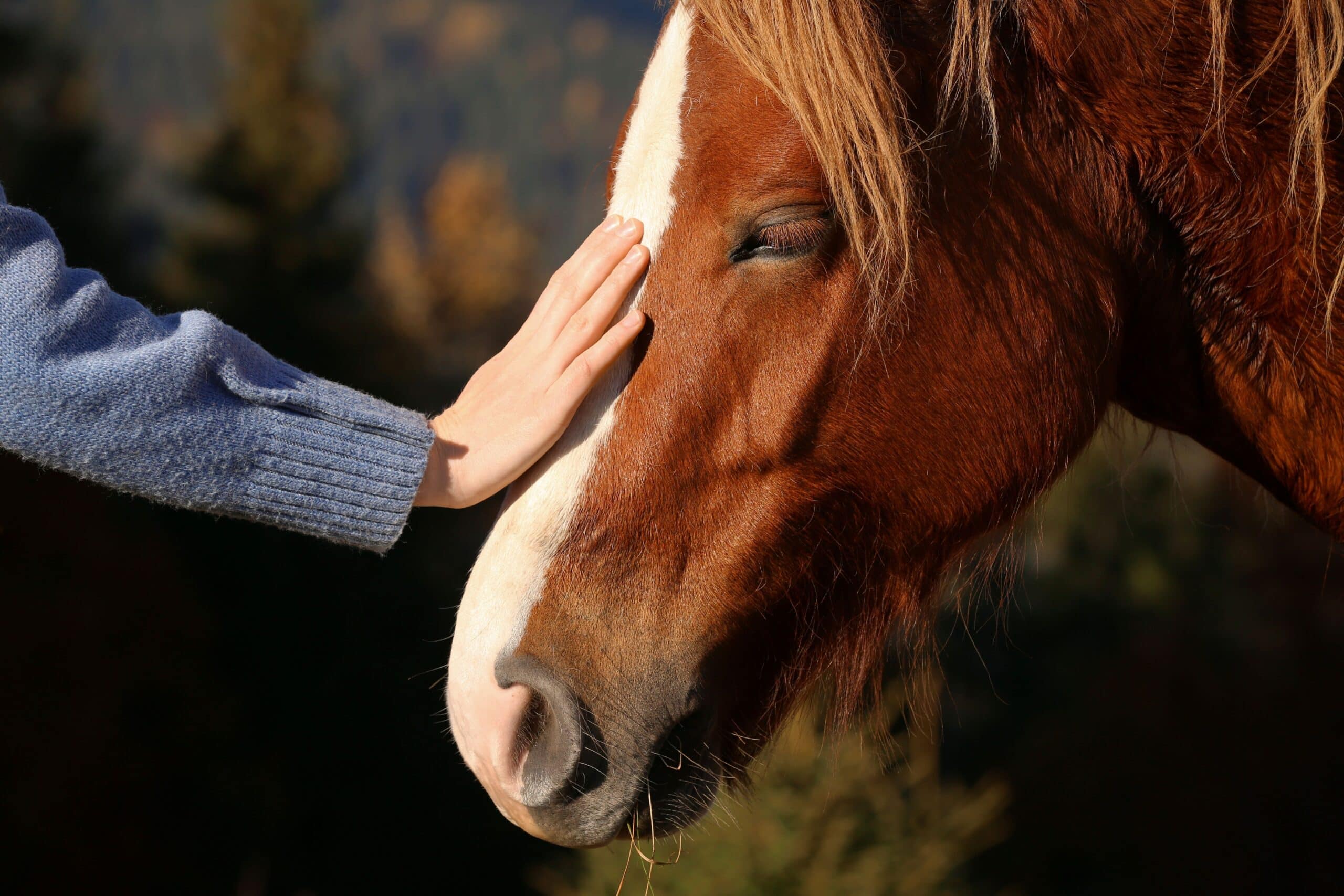Investing in a show jumping horse involves complex decisions that touch both emotional and financial aspects. This article delves into the various elements of investing in sport horses, helping you make informed decisions that support both your passion for equestrian sports and your financial goals.
Understanding the Investment
Explore show jumping horses for sale and their competitive edge. Purchasing a sport horse is more than just an acquisition—it’s an investment in the future and the joy of equestrian sports. Potential investors need to understand the market dynamics, anticipate price trends, and recognize the best times to buy or sell. A deep understanding of supply and demand dynamics, as well as a clear assessment of one’s financial capabilities and goals, is crucial.
Health and Well-being of the Horse
A healthy horse is essential for success in training and competition. Investors must ensure the horse receives regular veterinary check-ups and is free from hidden health issues. This includes thorough evaluations of the joints, cardiovascular system, and respiratory tract by specialized veterinarians. Additionally, optimizing the horse’s living conditions, which involves adequate stabling, nutrition, and daily care, is important.
Training and Competition Preparation
Structured and scientifically based training is crucial for developing a competition horse. Learn about training approaches recommended by top trainers and how to tailor these approaches to your horse’s specific strengths and weaknesses. This also includes the psychological preparation of the horse for competitions, ensuring it performs optimally under pressure.
Legal and Financial Considerations
Purchasing a sport horse involves several legal documents and financial considerations. Important aspects include the purchase contract, which should set clear terms and guarantees, and choosing the right insurance covering accidents, illness, and possibly life insurance for the horse. The tax implications of horse ownership also need careful consideration and often require advice from a specialist lawyer or accountant.
Interview with Sprungmeister Galoppini: Insights into the Show Jumping Horse Market
Editor: Good day, Mr. Galoppini, thank you for taking the time to speak with us today. As an independent expert well-known in the buying and selling of show jumping horses, what do you see as the biggest challenges in this market?
Sprungmeister Galoppini: Good day, I’m pleased to be here. One of the biggest challenges is definitely transparency. Buyers and sellers often encounter a wall of silence regarding the true history and current performance capacity of the horses. There’s no standardized method to objectively evaluate a horse’s performance and potential, which complicates the purchasing decision.
Editor: That sounds like a significant hurdle. How do you think transparency in this market could be improved?
Sprungmeister Galoppini: One approach could be the creation of a centralized registry, similar to other major sports. This registry could document training achievements, health data, and competition results. This would help all parties make more informed decisions.
Editor: Interesting approach. What about sustainability in this sector?
Sprungmeister Galoppini: That’s another important point. The industry needs to find ways to become more environmentally friendly and ethical. This includes protecting the health and well-being of the horses, using sustainable materials in equipment, and responsibly managing the resources that go into training and care.
Editor: What would you recommend to investors or newcomers to the world of show jumping horses?
Sprungmeister Galoppini: It’s important to understand not just the horse, but the sport itself. Deeply engage with the requirements and nuances of show jumping. It’s also wise to thoroughly research before purchasing and perhaps start with smaller, less risky engagements.
Editor: Finally, Mr. Galoppini, is there an aspect of horse purchasing that is often overlooked?
Sprungmeister Galoppini: Absolutely. Many overlook the importance of the ‘team’ behind the horse. Owning a show jumper means working with trainers, veterinarians, and other professionals. These relationships are crucial for success and should not be underestimated.
Editor: Thank you, Mr. Galoppini, for these deep insights and valuable advice. We hope our readers will find much to take away from this.
Sprungmeister Galoppini: You’re welcome. I wish everyone success and enjoyment in dealing with these magnificent animals.
Avoiding Pitfalls
Many newcomers to equestrian sports make fundamental mistakes that can be avoided. These mistakes include insufficient research, hasty purchasing decisions based on emotions rather than facts, and underestimating the costs of maintenance and training. Thorough preparation and ongoing education in horse economics and care can help avoid many of these issues.
Bringing Your Investment Together
Making a well-considered decision when purchasing a sport horse involves considering all aspects—health, training, legal, and financial. Take the time to consult experts, conduct thorough research, and evaluate all available information. This process is crucial to making an investment that brings joy and potentially financial success.
Looking Forward
The right investment in a show jumping horse can be a source of great joy and fulfillment, offering the opportunity to achieve both personal and financial success. With the right preparation and a thorough understanding of the matter, you can turn your passion for equestrian sports into a rewarding investment.
Each of these sections contributes to developing a comprehensive understanding of investing in sport horses. Through careful consideration and planning, you can overcome the challenges and fully enjoy the pleasures of equestrian sports.
photo credit: Allen, CineLens2024/peopleimages.com, New Africa/ Adobe Stock



